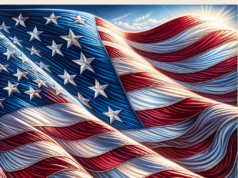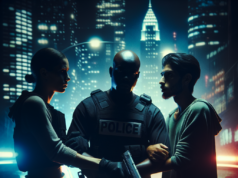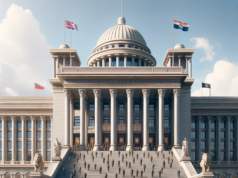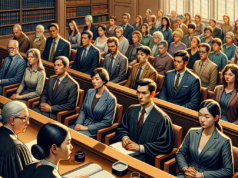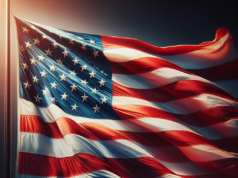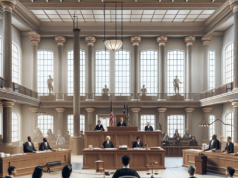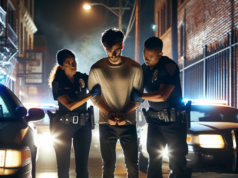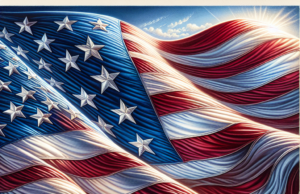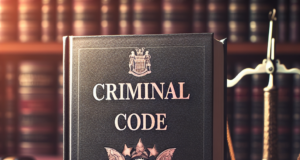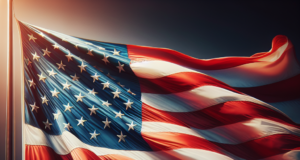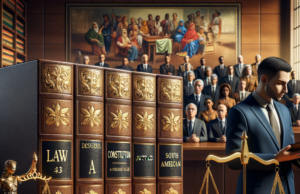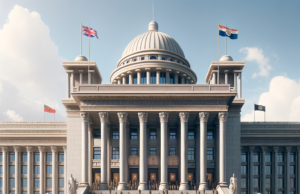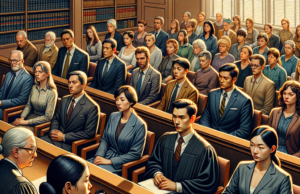In recent years, the United States has witnessed an escalating debate surrounding gun control legislation, characterized by a stark division among the populace and policymakers. As mass shootings continue to plague communities, the urgency for comprehensive reform has intensified. This article aims to unpack the complexities of gun control legislation in a nation divided, exploring the current landscape, historical context, public opinion, political divides, legislative proposals, and the influential role of advocacy groups.
Understanding the Current Landscape of Gun Control Legislation in the United States
The current landscape of gun control legislation in the United States is marked by a patchwork of state and federal laws that vary significantly across the country. While some states have enacted stringent measures aimed at reducing gun violence, others maintain permissive laws that prioritize individual gun ownership rights. The lack of a cohesive national strategy has resulted in a fragmented approach to gun control, with ongoing debates over issues such as background checks, assault weapon bans, and red flag laws. As the nation grapples with rising gun violence, the urgency for a unified legislative response has become increasingly apparent, prompting calls for action from both sides of the aisle.
Historical Context: The Evolution of Gun Control Debates Over the Decades
The evolution of gun control debates in the United States can be traced back to the early 20th century, with significant milestones shaping public discourse and legislative action. The National Firearms Act of 1934 marked one of the first federal attempts to regulate firearms, targeting machine guns and sawed-off shotguns. The Gun Control Act of 1968 followed, establishing a framework for regulating the sale of firearms and prohibiting certain individuals from purchasing guns. Over the decades, the debate has intensified, particularly in the wake of high-profile mass shootings, leading to a cyclical pattern of legislative proposals and public outcry. The Second Amendment’s interpretation remains a contentious point, complicating efforts to enact comprehensive reforms.
The Impact of Mass Shootings on Public Opinion and Legislative Action
Mass shootings have profoundly influenced public opinion and legislative action regarding gun control in the United States. Each tragic event often serves as a catalyst for renewed calls for reform, with polls indicating a significant uptick in public support for stricter gun laws following such incidents. However, the momentum for legislative change is frequently met with political resistance, as lawmakers grapple with the implications of enacting new regulations in a polarized environment. The emotional weight of these tragedies has galvanized advocacy groups and citizens alike, creating a sense of urgency that underscores the need for effective policy solutions to address the ongoing crisis of gun violence.
Analyzing the Political Divide: Perspectives on Gun Rights and Regulations
The political divide over gun rights and regulations is stark, with Republicans and Democrats often holding fundamentally opposing views on the issue. Republicans typically advocate for gun rights, emphasizing the Second Amendment as a fundamental protection of individual liberties, while often opposing measures perceived as infringing on these rights. Conversely, Democrats tend to support more stringent regulations, arguing that such measures are necessary to protect public safety and reduce gun violence. This ideological schism complicates bipartisan efforts to address gun control, resulting in legislative gridlock and a lack of cohesive national policy. As both sides remain entrenched in their positions, the path toward meaningful reform appears increasingly challenging.
Key Proposals for Gun Control: What Legislation is Currently on the Table?
In the current legislative session, several key proposals for gun control have emerged, reflecting the urgent need for reform. Among the most discussed measures are universal background checks, which would require all gun buyers to undergo thorough background investigations, regardless of where the purchase occurs. Additionally, proposals for an assault weapons ban have gained traction, aiming to restrict access to firearms deemed particularly dangerous. Red flag laws, which allow law enforcement to temporarily remove firearms from individuals deemed a threat to themselves or others, are also being considered in various states. While these proposals have garnered support from advocacy groups and a segment of the public, their passage remains uncertain amid the prevailing political divide.
The Role of Advocacy Groups in Shaping Gun Control Policies and Public Discourse
Advocacy groups play a pivotal role in shaping gun control policies and public discourse in the United States. Organizations such as Everytown for Gun Safety and the Brady Campaign to Prevent Gun Violence have emerged as influential voices, mobilizing grassroots support and lobbying for legislative change. These groups leverage data, personal stories, and public campaigns to raise awareness about gun violence and advocate for specific reforms. Conversely, pro-gun organizations like the National Rifle Association (NRA) vigorously defend gun rights and oppose regulations, framing the debate around personal freedom and self-defense. The interplay between these advocacy groups significantly influences the national conversation on gun control, highlighting the complexities and emotional weight of the issue.
As the debate over gun control legislation continues to unfold in a divided nation, the urgency for effective solutions remains paramount. Understanding the historical context, public sentiment, and political dynamics surrounding this issue is crucial for fostering informed discussions and potential legislative action. While the path to comprehensive reform may be fraught with challenges, the collective voices of advocacy groups and concerned citizens can pave the way for meaningful change in addressing the pervasive issue of gun violence in America. The time for action is now, as the nation grapples with the pressing need to reconcile the right to bear arms with the imperative of public safety.


